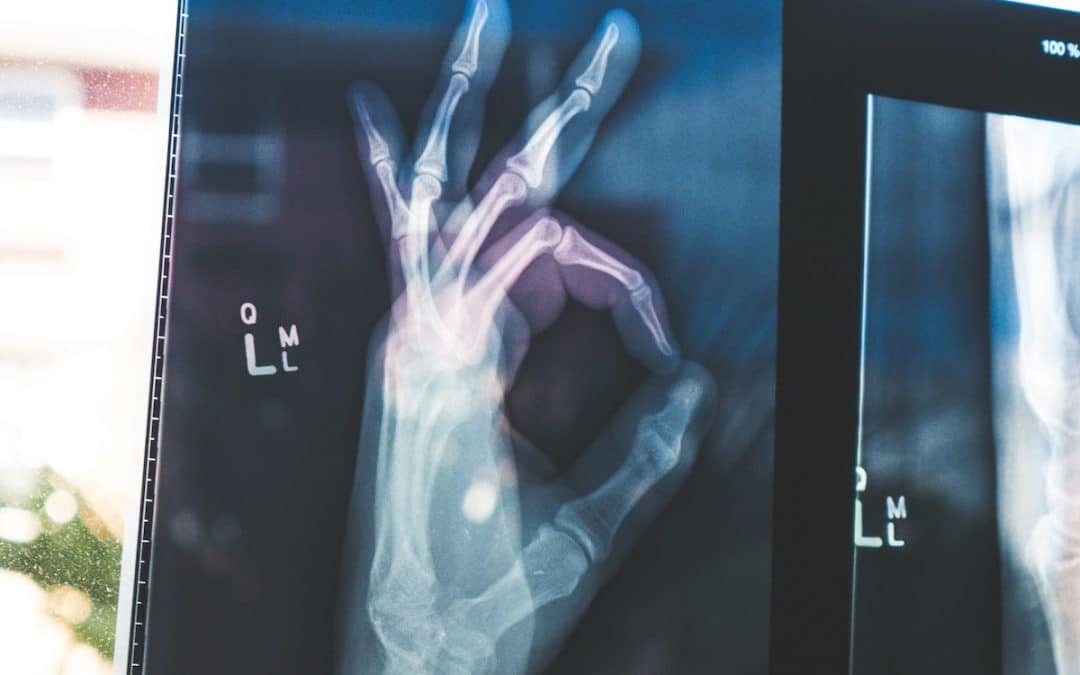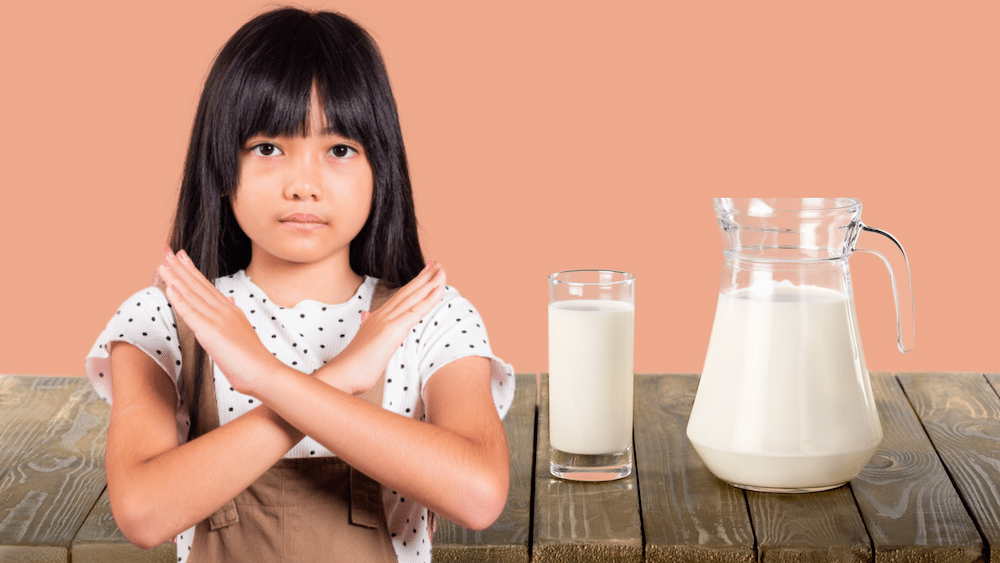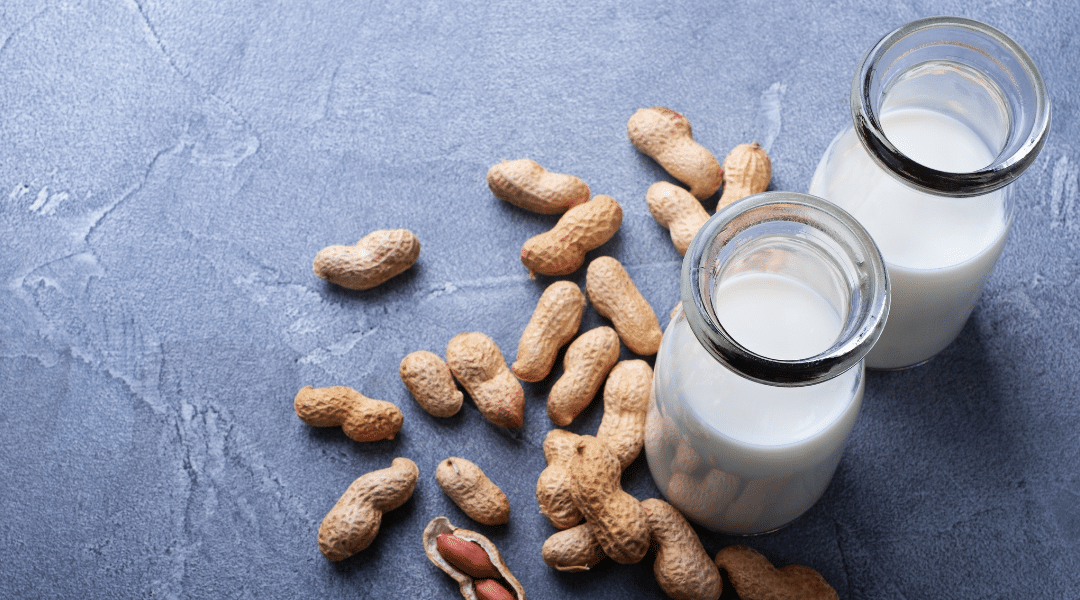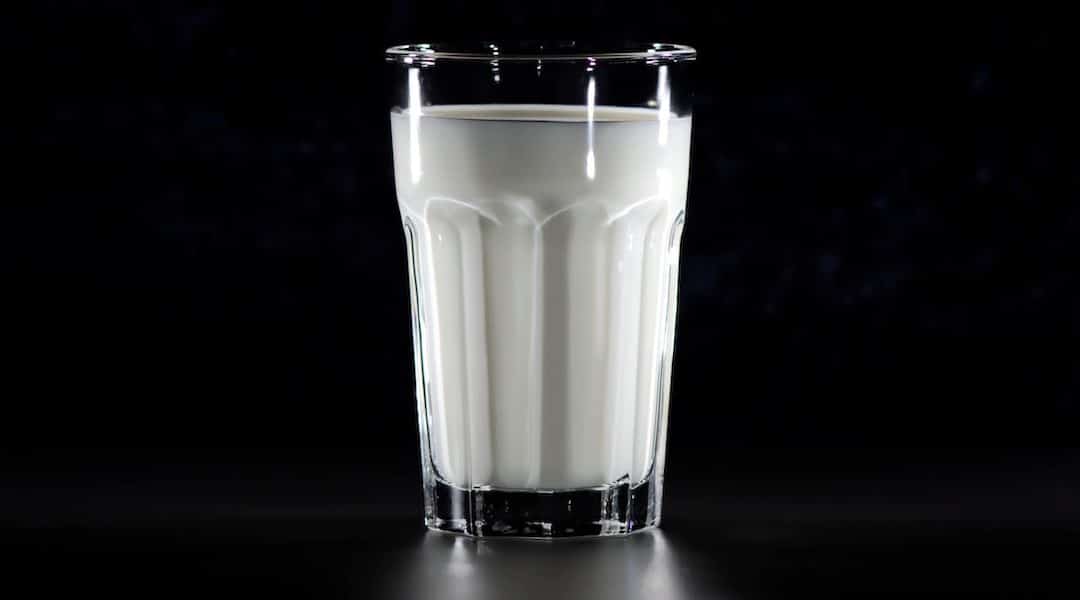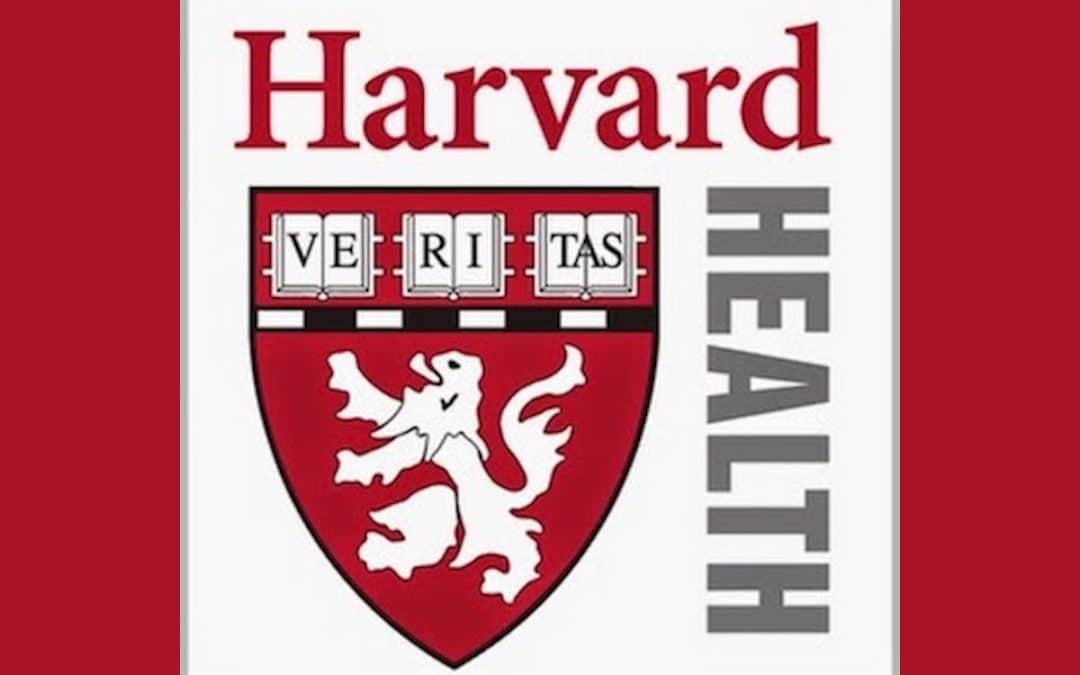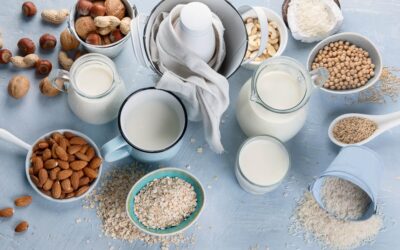Guest post by: Tyler Mayoras
Venture capital, family offices, and CPG companies continue to pour money into plant-based alternatives for meat, dairy, and eggs.
One of the Food Revolution’s most notable changes is the movement away from animal-based foods and the companies that traditionally provide them. Increasingly, people under 40 display concern about their health, climate change, and the environmental impacts of industrial livestock farming.
As consumers seek sustainable long-term food alternatives, capital floods into the market to fund companies that develop solutions.
It is a sea of change with long-lasting implications for your health, your portfolio, and your planet.
What Has Changed in the Last 10 Years?
The rise of the internet and access to information changed everything.
We used to receive health and environmental information from the government or via paid industry research—neither is a very reliable source. The internet democratized information and put research in the hands of competing experts.
Over the past ten years, new and insightful books and articles about plant-based alternative products appeared. Directors created valuable documentaries on the topic. These are now instantly disseminated around the world via the internet.
As a food investor, I consume a lot of food and agriculture media. Over the past five years, no fewer than six new films highlighted the benefits of a plant-based diet over animal-based foods. My favorites include Forks over Knives, Food Choices, Vegucated and Cowspiracy (you can find all on Netflix).
Utilizing livestock as a protein source can be incredibly inefficient. Here’s a quick synopsis:
- Instead of getting our protein from the original plant sources, we feed those plants to animals (using a lot of water in the process).
- Killing, processing, and transporting the animals for consumption (damaging soil and water sources with chemicals along the way).
- Create billions of tons of animal waste for processing and disposal. This, in turn, generates significant greenhouse gasses.
Aren’t We Carnivores by Nature? Do We Need Meat and Milk for Protein?
No, humans do not “need meat or milk for protein.”
Yes, people need protein. However, many plants have protein—and some have a lot of protein. We don’t need meat or milk to survive. Humans can get more than enough protein by eating a plant-based diet.
The highest plant-based protein sources include beans, lentils, chickpeas, quinoa, soy (tofu), seitan (gluten), nuts, seeds, and spinach.
In fact, the average American currently consumes more than double their required amount of protein, according to The Protein Myth by the Physicians Committee for Responsible Medicine.
Hold On Before Ordering That Burger and Milkshake
You may protest about eating more vegetables and nuts—you’d rather eat a familiar and cheap fast-food meal. To be frank, you should think twice before placing that order.
In 2005, we received one of the most significant studies outlining the potential negative impacts of an animal-based diet. The China Study, by Dr. T. Colin Campbell, is based on a 20-year study conducted jointly by Cornell University and the University of Oxford. This study examined the mortality rates from cancer and other chronic diseases across different regions of China.
China’s land mass is huge and its dispersed populations displayed widely varied diets and eating habits. Urban areas in the eastern half of the country ate a more westernized diet (heavy consumption of animal-based foods). The more remote western half of the China ate a largely plant-based diet.
The study’s findings were (and still are) shocking.
It found a substantive link between an animal-based diet and all of the “non-smoking” related chronic illnesses of typical industrialized countries (heart disease, diabetes, breast cancer, prostate cancer, and bowel cancer). Those illnesses were almost non-existent among populations that ate a strictly plant-based diet.
The China Study became the basis for a best-selling book and a few documentaries (mentioned above).
How Can Plant-Based Diets Slow the Effects of Climate Change?
If we eat fewer animal-based foods and shift our productive capital towards a healthier plant-based diet, we may help slow the effects of climate change.
The actual percentage of US greenhouse gasses contributed by the livestock industry is hotly debated. Between large corporate studies and lobbying (on the one hand) and politically driven agencies (on the other), it sometimes proves difficult to estimate the greenhouse gas emissions (“GGE”) of livestock.
However, we can use some logic to build up a percentage range that I find, frankly, quite scary.
In 2016, the EPA published its report on the Sources of Greenhouse Gas Emissions in the US.
In the report, they estimated that Agriculture contributed 9% of all GGEs. Of this, livestock directly contributed about 47% through enteric fermentation (burps and farts) and manure management (about 4.2 percentage points of GGE).
Crop production accounts for another 50% of the agricultural contribution because of fertilizer use, tillage, and irrigation. Approximately 70% of grain production in the United States feeds livestock (another 3.1 percentage points of GGE).
So, using some conservative estimates, livestock contributes 7.3% of GGEs in the US.
However, we can’t stop there. The food and agriculture industry also use a meaningful percent of the US transportation system, contributing 26% of the GGEs. All that grain and livestock then has to be processed through manufacturing, captured in another bucket of US GGEs at 21%. Even without the actual industry breakdowns among those categories, we might guess that the livestock industry contributes between 12-15% of all US GGEs.
In fact, the Food and Agriculture Organization of the United Nations estimates livestock’s GGE contribution at 14.5%.
Giving up beef and dairy products only two to three days per week could dramatically reduce the US carbon footprint and, all else equal, help slow global warming.
The Other Impacts Livestock Products Have on Our Environment
Raising livestock is a dirty business. The resource intensity does not stop with GGEs. One of the other big environmental impacts is the vast amount of water used to feed and raise livestock. The 2016 US Geological Survey estimates that of a total 355 trillion gallons used, two trillion gallons went directly to livestock and 115 trillion gallons became agricultural irrigation—a large percentage of which feeds livestock.
A Cornell study by David Pimental, et al, estimated that livestock production in the US uses over 66 trillion gallons of water per year. That is the equivalent of 203,700 gallons of water for each person in the United States.
Finally, we come to the manure. The EPA estimates (based on headcount data from the USDA) that US livestock manure creates 6.1 billion kilos of nitrogen and 1.8 billion kilos of phosphorus per year. Livestock manure disposal is regulated by the EPA, but such regulations hardly ever work as intended. Every year, a portion of that manure leaches into our water systems.
Relax: You Don’t Have to ‘Go Vegan’ to Effect Positive Change
Back in the 1990s, I invested in and helped grow Boca Burger before Kraft Foods acquired it. As a vegetarian at the time, I can tell you it was pretty hard to eat meat-free. Today, it is much easier. We have so many great prepared food options available, from Amy’s Kitchen to Beyond Meat, Ripple, Gardein, Daiya, Impossible Burger, Boca Burger, and a variety of others.
There is a growing abundance of restaurant chains that cater to vegetarians and vegans, such as Snap Kitchen, Protein Bar, Native Foods Café, and Veggie Grill.
Let’s face it, being vegan can seem intimidating—no meat, dairy or eggs—and, let’s be real, most people aren’t ready to go all-in overnight.
However, you do not have to go 100% plant-based to make a big difference for both your health and the environment. Most people, including myself, are embracing a flexitarian lifestyle—eliminating some animal-based products but not all. You can also choose to invest in sustainable companies that promote healthier food and healthier food processing.
I gave up beef and pork, and I avoid many dairy products. “Meatless Monday” is my completely vegan day each week.
Other folks refrain from eating meat before 5 PM. Still, others remove meat and dairy from their daily diet 2-3 days per week. It is really about finding what fits for you. In this way, you make a positive change for yourself and the planet’s future as a home for humans.
And, as an investor, I certainly believe this trend is here to stay and will continue to grow for years to come.
This article was reposted from Financial Poise with permission of Tyler Mayoras.

